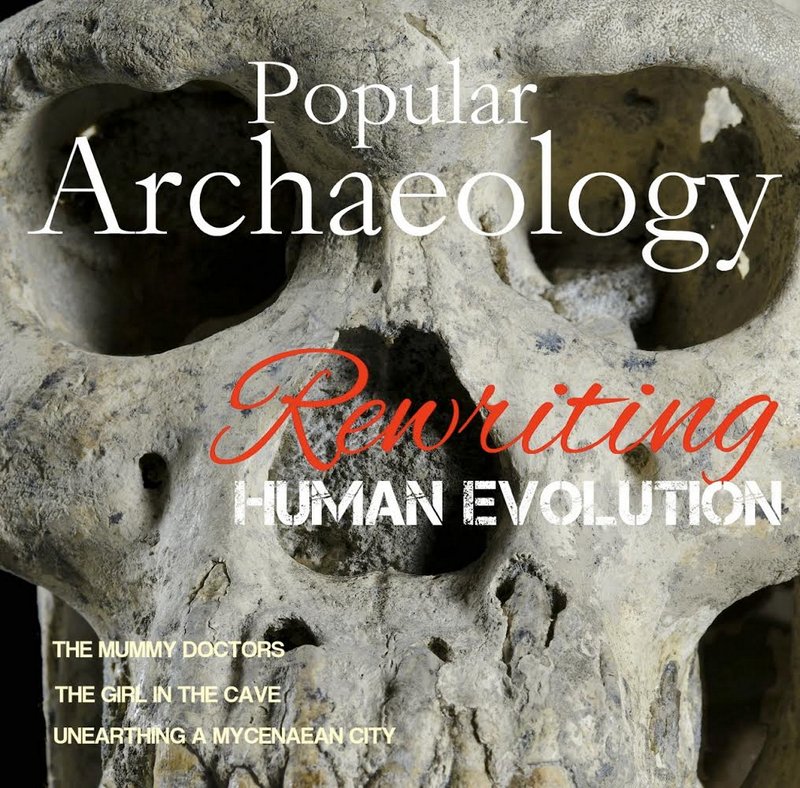
A number of rock shelters and caves in South Africa have long been known to contain remarkable evidence for the cognitive abilities of some of our earliest modern human ancestors. Rock shelters and caves such as Blombos, Sibudu, Diepkloof, Spitzkloof, and Sehonghong have yielded stone tools, rock art and other evidence of an active human presence during the Middle Stone Age (280,000 – 50,000 years ago)—humans that, with the mounting evidence, seem to be more and more like us in terms of their thinking and creative abilities.
Recently, scientists have been exploring new evidence indicating an enduring capability of early modern humans to adapt to the challenging mountainous environment in the Sehonghong rock shelter. At this site, located in the Maloti-Drakensberg Mountains of Lesotho, excavations under the direction of Brian Stewart of the University of Michigan and Dr. Genevieve Dewar of the University of Toronto Scarborough under the AMEMSA project (Adaptations to Marginal Environments in the Middle Stone Age) have uncovered a rich array of cultural and organic remains that testify to human activity. Found within a stratigraphic sequence that dates back as much as 60,000 years, the scientists have unearthed the traces of ancient fireplaces, living structures, animal bones remaining from human meat consumption, and stone tools.
“The landscape is rugged and remote,” write Stewart and colleagues in their summary of the area, “a vertical topography where dramatic river valleys slice deeply through southern Africa’s very highest peaks. For tens of thousands of years people used this broken landscape in diverse ways, from a year-round home to seasonal hunting and fishing grounds. The mountains were at different times no doubt a help and a hindrance, offering hiding places to ambush game, for example, or avoided altogether when the climate turned especially cold and dry.”*
Preliminary excavations at the site only began in 2011, but the evidence found thus far has been rich. Stewart, Dewar and colleagues plan to return to the site in 2015 to continue excavations, and to conduct surveys in the area surrounding the rock shelter.
The southern African region has been the focus in recent years of numerous surveys, excavations and research related to the emergence of early modern human behavior. The study of their environment and available resources and how these human ancestors dealt with change and the realities of their surroundings has been an important focus for understanding prehistoric human adaptability, a key to the success of Homo sapiens (modern humans) to the exclusion of all other now-extinct human species.
Along with Sehonghong, Stewart and colleagues have also been investigating the site of Spitzkloof as part of their research related to early modern human adaptability to challenging environments. Spitzkloof is a remote site consisting of three adjacent rockshelters in Namaqualand, a coastal desert area in northwest South Africa. For 2,000 years the region surrounding the caves was home to pastoralists, but it was also home to hunter-gatherer groups for at least 60,000 years who survived and perhaps even thrived in this relatively harsh, arid marginal environment.
More information about the excavations at the Sehonghong rock shelter site and how one can participate can be found at the Institute for Field Research website. The Institute for Field Research (IFR) is coordinating fieldwork arrangements for project participation.
_____________________________________________
*http://ifrglobal.org/images/2015/Syllabus/Syllabus-Lesotho_Sehonghong_2015_v2.pdf
Cover Photo, Top Left: A photo image of Spitzkloof rockshelters A through C, another similar Middle Stone Age (MSA) site being investigated by Stewart and Dewar: Courtesy Genevieve Dewar, 2010, from the article, Archaeologists Explore Early Modern Human Adaptability in South Africa, Popular Archaeology Magazine, April 18, 2013.
_____________________________________________
Just released!
The special new premium quality print edition of Popular Archaeology Magazine. A beautiful volume for the coffee table.
Travel and learn with Far Horizons.
____________________________________________
Read about the most fascinating discoveries with a premium subscription to Popular Archaeology Magazine. Find out what Popular Archaeology Magazine is all about. AND MORE:
On the go? Get the smartphone version of Popular Archaeology as an app or as an ebook.
Popular Archaeology’s annual Discovery Edition eBook is a selection of the best stories published in Popular Archaeology Magazine in past issues, with an emphasis on some of the most significant, groundbreaking, or fascinating discoveries in the fields of archaeology and paleoanthropology and related fields. At least some of the articles have been updated or revised specifically for the Discovery edition. We can confidently say that there is no other single issue of an archaeology-related magazine, paper print or online, that contains as much major feature article content as this one. The latest issue, volume 2, has just been released. Go to the Discovery edition page for more information.









